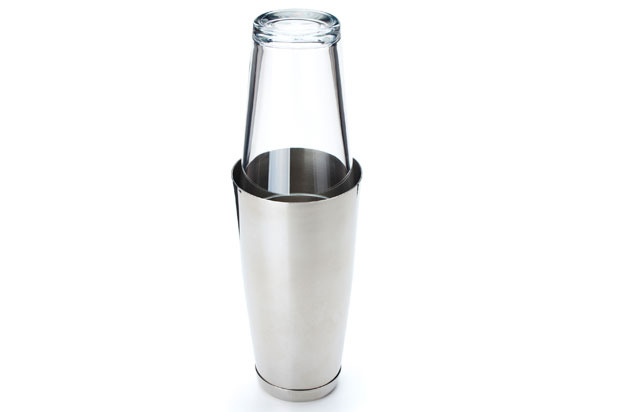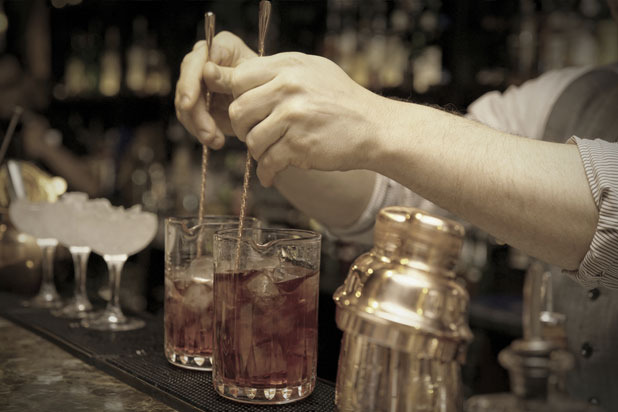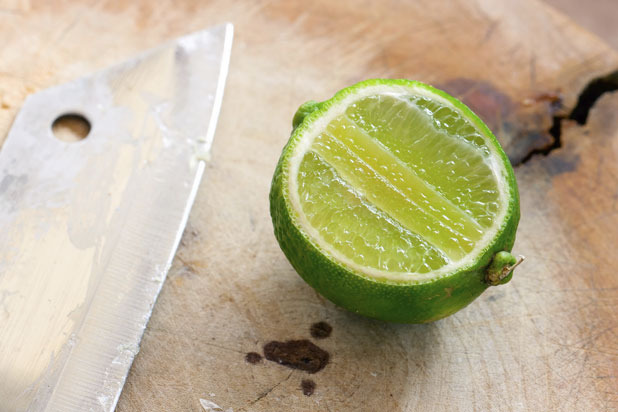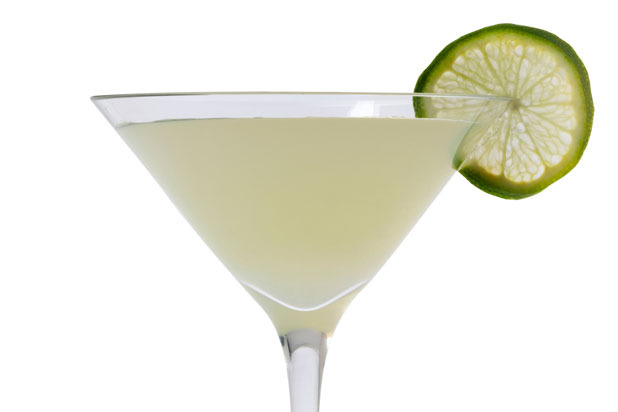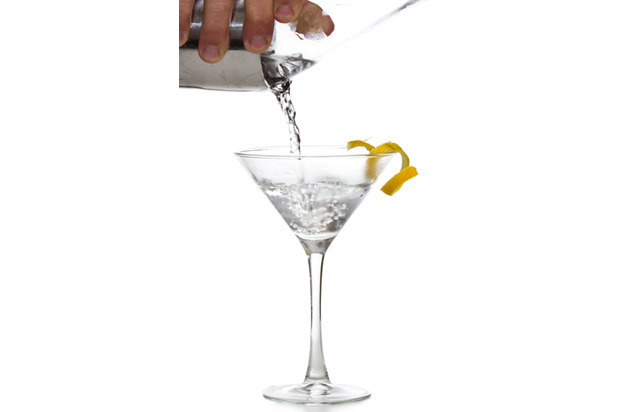How To Be A Great Home Bartender (Slideshow)
After all my years behind a bar, I still prefer to use jiggers to measure out my cocktails instead of the unreliable speed-pour counting method. Jiggers guarantee you'll mix the same drink every time. I keep three sizes: the ½ ounce/1 ounce; the ¾ ounce/1½ ounces; and the 1 ounce/2ounces
Gear: Boston Shaker
Comprised of a basic pint glass and a larger metal shaker cup, this is the most-used tool you'll keep behind your bar. Add your ingredients to the shaker glass, then, depending on the cocktail, either stir it in the glass, or fit the shaker cup over top of the glass and shake vigorously until the drink is cold.
Gear: Hawthorne Strainer
The Hawthorne strainer (or, more simply, "bar strainer") fits into the mouth of your metal Boston shaker cup, and using a tightly coiled spring, it keeps shards of ice from escaping into your cocktail glass. This is an absolutely necessary tool when using a Boston shaker.
Gear: Bar Spoon
The reason we might stir a drink instead of shaking it is to preserve its clarity in the glass, to keep it from watering down, and to prevent overly "bruising" or aerating the liquor. Bar spoons are also good for measuring a hint of something to your cocktail, and you can use the handle to curl citrus peel for garnish.
Technique: Shaking
Shake a drink when the liquids you're mixing are of different weights — for instance, when you've added a fresh citrus juice to the liquor. Shaking not only chills a drink, but it also emulsifies and aerates the ingredients. Combine your ingredients in a pint glass, add ice to your Boston shaker (making sure it isn't watery), and invert the glass over top creating a seal. Holding the shaker parallel to the floor, shake the ever-loving hell out of it for about ten seconds. Don't hold back. When the shaker is frosty on the outside, your drink is mixed.
Technique: Shaking
Shake a drink when the liquids you're mixing are of different weights — for instance, when you've added a fresh citrus juice to the liquor. Shaking not only chills a drink, but it also emulsifies and aerates the ingredients. Combine your ingredients in a pint glass, add ice to your Boston shaker (making sure it isn't watery), and invert the glass over top creating a seal. Holding the shaker parallel to the floor, shake the ever-loving hell out of it for about ten seconds. Don't hold back. When the shaker is frosty on the outside, your drink is mixed.
Technique: Stirring
Stir a cocktail when you're mixing only liquors together to produce a clear, satin, and cold cocktail. Add your ingredients to a pint glass, drop in some well-frozen ice, and plunge the bar spoon into the middle of the glass. Gripping the end of the spoon between your thumb and forefinger like a pencil, quickly move the spoon along the inside of the glass with the back of the spoon facing out. Fifteen or twenty seconds ought to do the trick.
Booze: Bourbon
For this quick-start guide, I've chosen what I consider the most versatile base liquors to begin your collection. Bourbon, contrary to popular belief, does not need to be produced in Kentucky, but they sure do make some good ones in the Bluegrass state. Some great choices include Maker's Mark, Willet, and Knob Creek, but the options available are wide, and you should get the one you like best.
Booze: Gin
These days, the juniper-infused spirit of yore has been blessed with an incredible number of fine new family members boasting different botanical characteristics and flavor profiles. To get started, though, I recommend picking up a classic London dry gin. The standards still apply: Beefeater, Bombay, Tanqueray, or Gordon's will fix you up fine with some good old Dutch Courage.
Booze: Mixers
To get started, you don't need a helluva lot, and some things you probably already have. Simple syrup is just one part sugar dissolved into one part water. You'll want to squeeze some fresh lemon and lime juice. Finally, go out and grab some good vermouth, both sweet and dry, and keep them cold.
Booze: Bitters
Once used medicinally (and still a great way to cure a tummy ache when added to some ginger ale), bitters have been behind the bar since the first modern cocktails started being slung way back in the 19th century. To begin with, grab a bottle each of Angostura bitters, Peychaud's bitters, and orange bitters.
Bourbon Manhattan Recipe
Originating in its namesake city in the 1870s, the most traditional Manhattan uses rye whiskey, though Bourbon or Canadian whisky are also traditionally used, depending on which time period you locate your traditions. This version is a slight variation on the original
Bourbon Old Fashioned Recipe
Perhaps the first cocktail ever mixed, the Old Fashioned has seen many incarnations, including the current (and loathsome) trend of muddling cherry and orange into it. Again, rye was the first whiskey used with this drink, and Angostura bitters are most commonly mixed in. I've switched rye for bourbon, and Peychaud's bitters for a slightly sweet and more floral cocktail.
Whiskey Sour Recipe
Popular in America during Prohibition, the whiskey sour used citrus and sugar to mask the flavor of what was often awful-tasting bootleg liquor. Now that we can get the good stuff again, this recipe has persisted as a mainstay behind bars ever since.
Gin Gimlet Recipe
Originally attributed to Admiral Sir Thomas Gimlette of the British Royal Navy, he used the gimlet as way of getting his men to drink lime juice to avoid scurvy. Today, while scurvy might not be a danger, this classic will certainly cure what ails you.
Dry Gin Martini Recipe
Despite what you may have heard, the original — and in my opinion, best — martini is made with gin. This recipe is a dry and refreshing take on the old standard.
